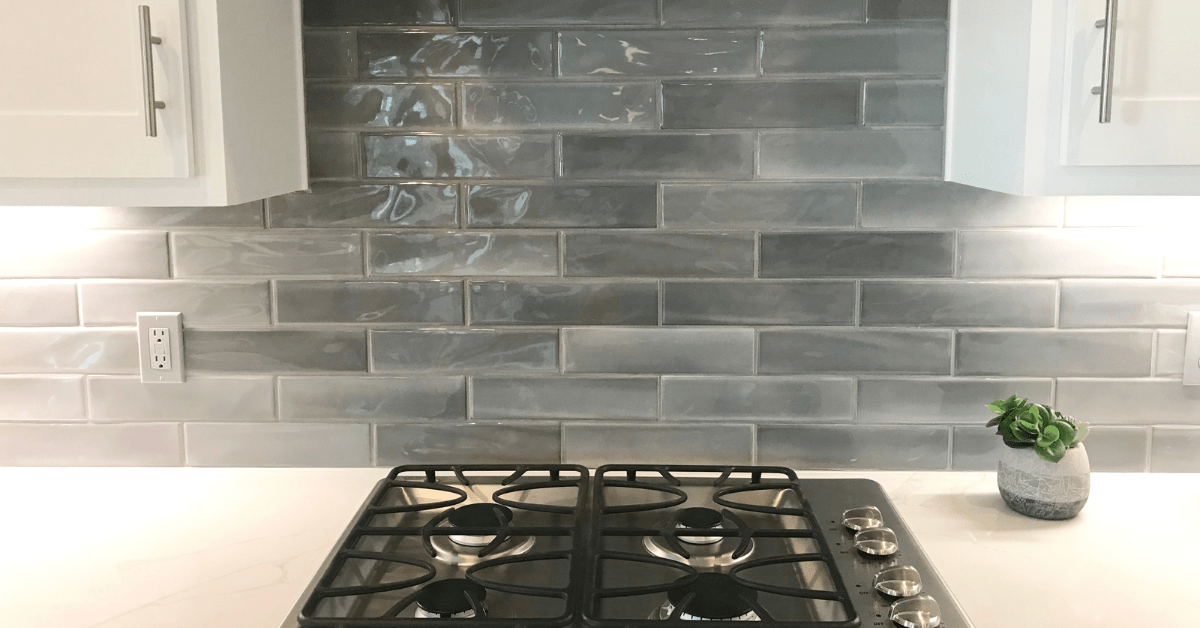How Bucharest saved 13 historic churches from demolition by rolling them away

In the 1980s, when a vast urban redesign threatened Bucharest?s historic churches, one engineer went to extraordinary lengths to save them During the repressive communist regime of 1980s Romania, dictator Nicolae Ceau?escu set about demolishing dozens of historic churches and some 9,000 homes in his effort to transform Bucharest into a new city of public buildings and apartments modeled on the capital of North Korea. But a clever civil engineer managed to save 13 important churches from destruction through a novel technique: placing them on rails and rolling the buildings to new sites hidden behind the rising apartment blocks.
Engineer Eugeniu Iord?chescu was troubled by the demolition of structures that were so tied to Romanian history and identity. But colleagues dismissed his idea to move the structures, saying that the process would wreck them. Inspiration came with a waiter carrying a tray of glasses through a crowd. ?I saw that the secret of the glasses not falling was the tray, so I started trying to work out how to apply a tray to the building,? said Iord?chescu in an interview with The Guardian.
Romainian National Archives/Wikipedia
The same technique was to move this block of apartments in Alba Iulia, Romania
He quickly developed a procedure to dig beneath the structures, support them on rail tracks, and roll the buildings to new locations sometimes hundreds of meters away. A team of five engineers and 20 or more laborers would wo...
| -------------------------------- |
| Bench 01 and Bedside Tables by Bahraini?Danish | The Mindcraft Project | Dezeen |
|
|












